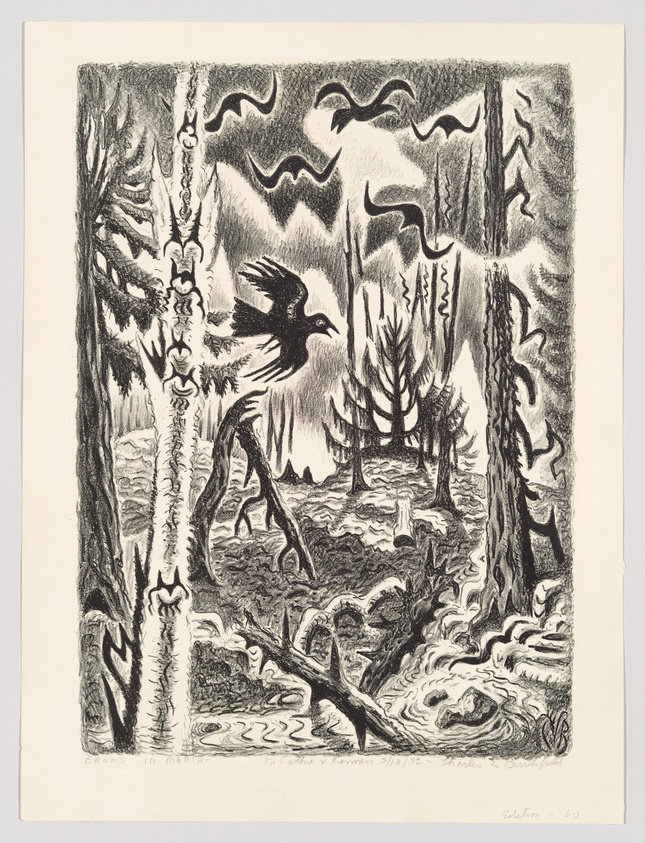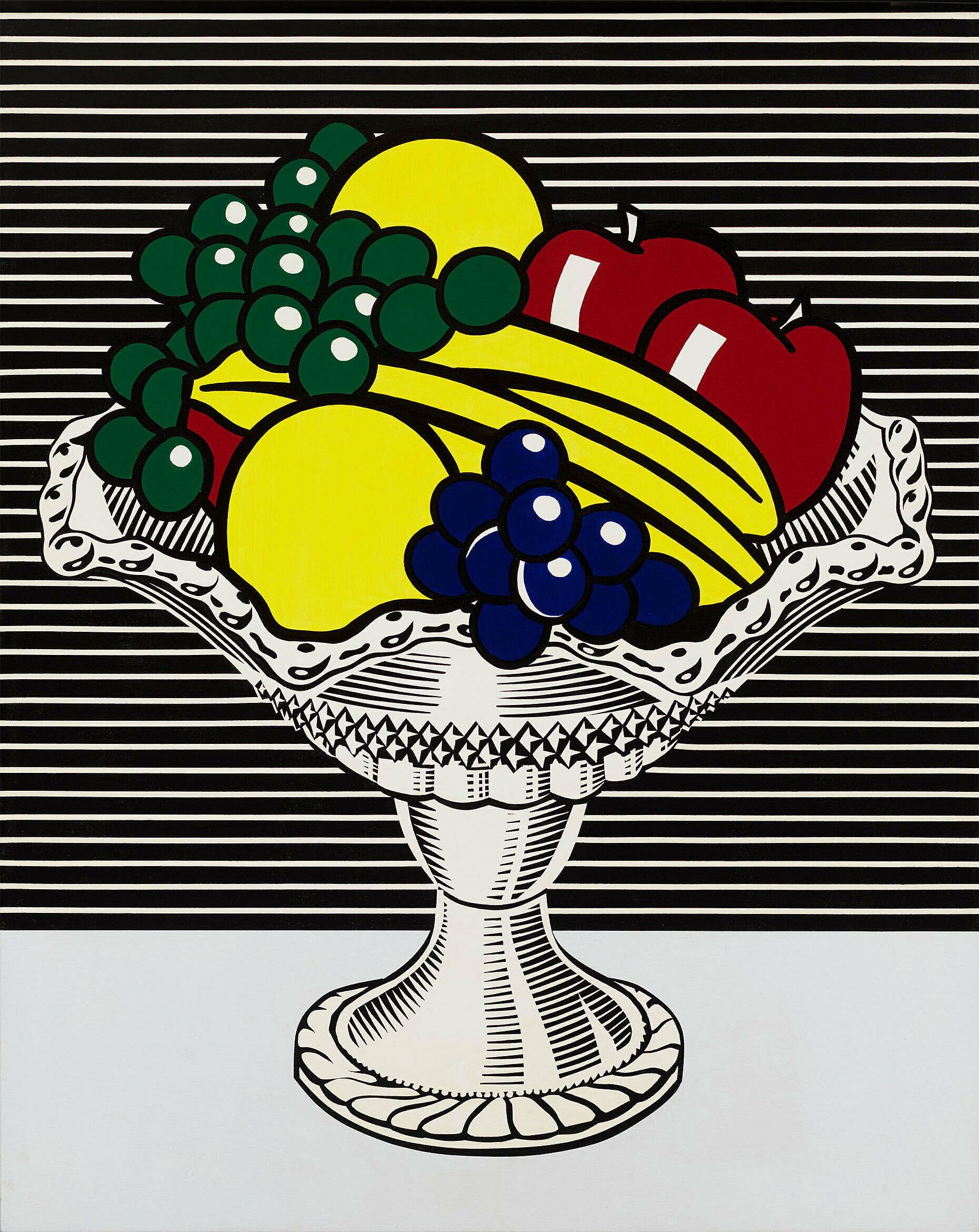About this artist: Charles Burchfield
Feb 8, 2013
0:00
About this artist: Charles Burchfield
0:00
Narrator: Early in his career, Charles Burchfield focused on the spiritual meaning that he found in nature—producing a series of visionary, deeply individualistic landscapes. In the 1930s, Burchfield’s stark images of small towns and industrial landscapes earned him renown as part of the American Scene movement—a term he hated, and even called libelous. Like his friend Edward Hopper, he believed that truth was not to be found in the outward appearance of a place, but the in the feeling it engendered.
In 1943, as he was turning fifty and as World War II was intensifying, Burchfield went through an artistic crisis, unsure of how to develop his work. He started experimenting with the lyrical, expressionistic watercolors that he had made decades earlier. He enlarged them by adding pieces of paper where he felt he needed more space for an image and cutting away parts that he thought were no longer necessary. In this way, the smaller works became large watercolors that more fully expressed the beauty and spirit of nature as he saw it. Having passed through this crisis of artistic faith, he worked vigorously right up until the day he died of a heart attack in 1967.


